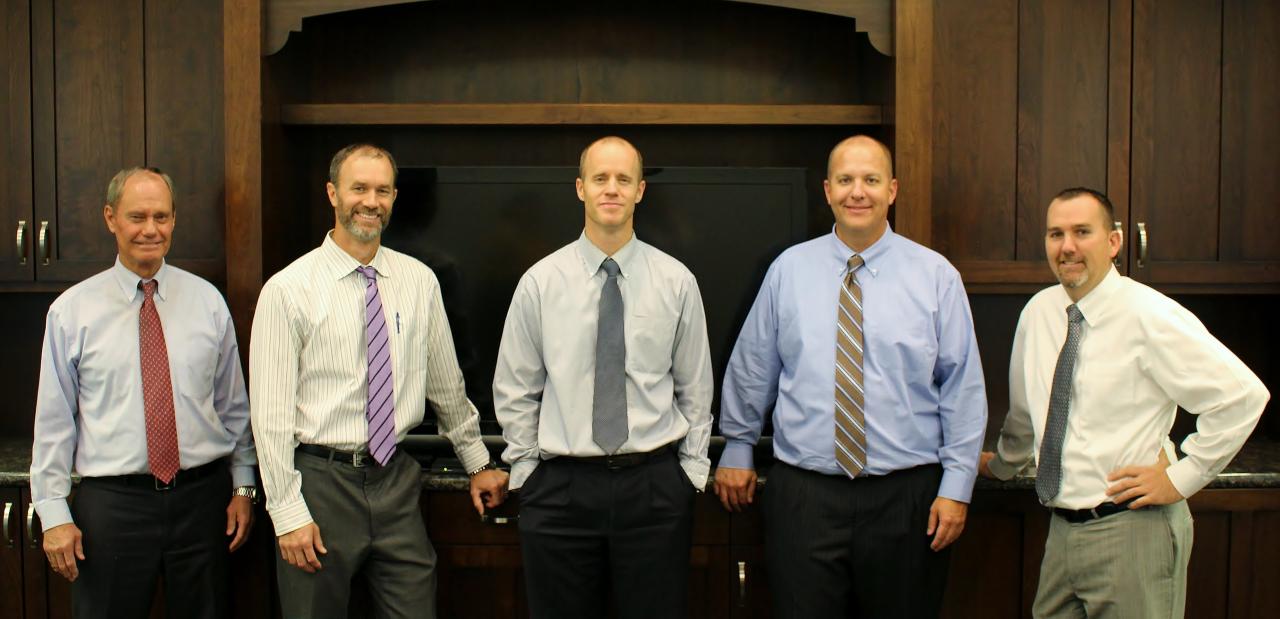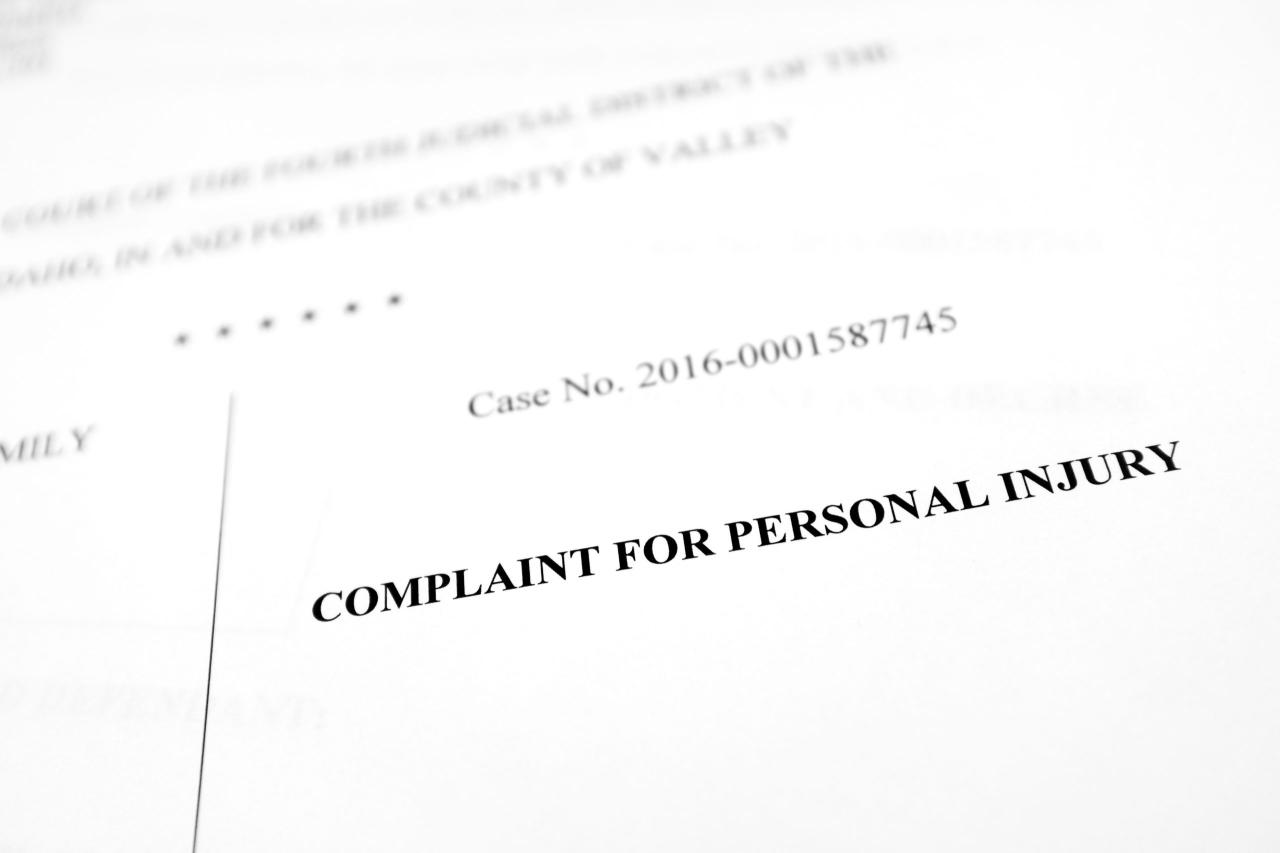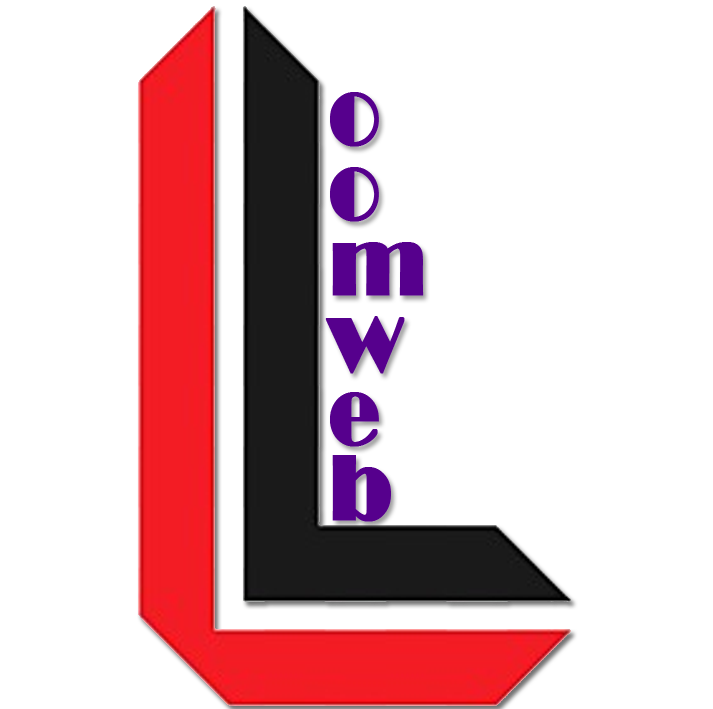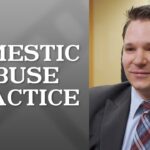Personal injury lawyer Salt Lake City UT: Navigating the complexities of personal injury law in Utah can be daunting. This guide provides a comprehensive overview of finding the right legal representation, understanding the legal process, and maximizing your chances of a successful outcome. We’ll explore common injury types, legal fees, and the crucial role of expert witnesses in building a strong case.
From car accidents and slip-and-fall incidents to medical malpractice claims, understanding your rights and options is paramount. This resource aims to empower you with the knowledge necessary to make informed decisions during a challenging time. We’ll delve into the specifics of Utah’s legal landscape, including statute of limitations and the roles of insurance companies, to equip you with the information needed to pursue your claim effectively.
Top Law Firms in Salt Lake City

Choosing the right personal injury lawyer can significantly impact the outcome of your case. Salt Lake City boasts several reputable firms with extensive experience and a proven track record of success. This section will examine some of the top firms, comparing their strengths and highlighting their approaches.
Top 5 Personal Injury Law Firms in Salt Lake City
The following table compares five prominent personal injury law firms in Salt Lake City, based on publicly available information. Note that rankings can vary depending on the criteria used, and this is not an exhaustive list of all excellent firms in the area. Client testimonials are summarized and do not represent the views of all clients.
| Law Firm | Years of Experience | Areas of Specialization | Client Testimonials |
|---|---|---|---|
| (Firm Name 1 – Replace with Actual Firm Name) | (Number) years | (List specializations, e.g., Car accidents, Medical malpractice, Wrongful death) | (Summary of positive client feedback, e.g., “Highly responsive, achieved a favorable settlement.”) |
| (Firm Name 2 – Replace with Actual Firm Name) | (Number) years | (List specializations) | (Summary of positive client feedback) |
| (Firm Name 3 – Replace with Actual Firm Name) | (Number) years | (List specializations) | (Summary of positive client feedback) |
| (Firm Name 4 – Replace with Actual Firm Name) | (Number) years | (List specializations) | (Summary of positive client feedback) |
| (Firm Name 5 – Replace with Actual Firm Name) | (Number) years | (List specializations) | (Summary of positive client feedback) |
History and Notable Cases of the Top-Ranked Firm
This section will detail the history and significant cases of the highest-ranked firm (replace with the name of the firm you consider top-ranked, based on your research). Information on specific cases may be limited due to client confidentiality. However, a general overview of the firm’s history and its approach to high-profile cases can be provided. For example, mentioning a successful multi-million dollar settlement or a landmark legal victory would illustrate the firm’s capabilities.
Finding a reputable personal injury lawyer in Salt Lake City, UT, can be crucial after an accident. To help you in your search, consider the qualities of a best personal injury lawyer , such as experience and a strong track record of success. Ultimately, the right personal injury lawyer in Salt Lake City will advocate effectively for your rights and best interests.
The firm’s founding year, key milestones, and any significant awards or recognitions should be included. A description of their approach to case selection and their overall philosophy could also be beneficial.
Marketing Strategies Comparison of Two Leading Firms
This section will compare the marketing strategies of two leading personal injury law firms in Salt Lake City. For example, one firm might focus heavily on online advertising and social media, while another might emphasize traditional methods such as television commercials and print advertising. The analysis will explore the strengths and weaknesses of each approach and its effectiveness in reaching potential clients.
A comparison might include details on website design, use of testimonials, advertising channels, and community involvement. The effectiveness of each strategy can be assessed based on factors like brand awareness, client acquisition, and overall market share (if data is available). It is important to note that marketing effectiveness is difficult to quantify precisely and depends on many factors.
Finding a qualified personal injury lawyer in Salt Lake City, UT, is crucial after an accident. The legal landscape, however, can be similar across states; for example, understanding the process is aided by researching resources like those available for finding a personal injury lawyer los angeles , which offers insights into common legal strategies. Ultimately, securing skilled representation, whether in Salt Lake City or elsewhere, is paramount for achieving a favorable outcome.
Types of Personal Injury Cases Handled
Salt Lake City personal injury lawyers handle a wide range of cases stemming from accidents and negligence. These cases often involve significant physical and emotional trauma, requiring skilled legal representation to navigate complex legal processes and secure fair compensation for clients. Understanding the different types of cases is crucial for individuals seeking legal assistance.
The complexities of personal injury cases vary considerably depending on the circumstances. Factors such as the severity of injuries, the number of parties involved, and the availability of evidence all play a significant role in determining the difficulty and length of the legal process. This necessitates a thorough understanding of Utah’s specific laws and legal precedents.
Medical Malpractice Cases in Utah
Medical malpractice cases are notoriously complex, requiring detailed medical expertise to establish negligence. In Utah, a plaintiff must prove that the healthcare provider deviated from the accepted standard of care, directly causing injury or harm. This often involves securing expert medical testimony to support the claim, a process that can be both time-consuming and expensive. Establishing causation – proving a direct link between the medical negligence and the resulting harm – is another significant hurdle. For example, a case might involve a surgeon who performs an operation incorrectly, resulting in permanent nerve damage. The plaintiff would need to demonstrate that the surgeon’s actions fell below the accepted standard of care for that particular procedure and that this deviation directly caused the nerve damage. The complexity is further amplified by the need to understand and navigate Utah’s specific statutes of limitations and medical record regulations.
Car Accident Cases
Car accidents are a common type of personal injury case. These cases can range from minor fender benders to serious collisions involving catastrophic injuries. The key elements to prove negligence in a car accident case are typically fault, damages, and causation. Fault is established by determining who was at fault for the accident, often through police reports, witness statements, and accident reconstruction. Damages include medical bills, lost wages, pain and suffering, and property damage. Causation is established by demonstrating a direct link between the negligent act and the resulting injuries. For instance, a case might involve a driver who ran a red light, causing a collision. The plaintiff would need to prove the driver’s negligence (running the red light), the damages (medical bills, lost wages), and the causation (the red-light running directly caused the collision and subsequent injuries).
Slip and Fall Cases
Slip and fall cases, also known as premises liability cases, involve injuries sustained due to hazardous conditions on someone else’s property. Unlike car accidents, where fault is often more readily apparent, slip and fall cases require proving the property owner knew or should have known about the hazardous condition and failed to take reasonable steps to remedy it. This involves demonstrating the existence of a hazardous condition (e.g., a wet floor, a broken stair), that the property owner had a duty of care to maintain a safe environment, that the property owner breached that duty, and that the breach directly caused the injury. For example, a case might involve a customer slipping on a spilled liquid in a grocery store. The plaintiff would need to prove the store knew or should have known about the spill, failed to clean it up, and that this failure directly caused the customer’s injuries. The key difference between car accidents and slip and fall cases lies in the nature of the negligence: driver negligence versus property owner negligence. The burden of proof and the evidence required to establish negligence also differ significantly.
Understanding Legal Fees and Processes
Navigating the legal landscape after a personal injury can be complex, and understanding the financial implications is crucial. This section clarifies the fee structures and typical processes involved in personal injury lawsuits in Salt Lake City. We strive for transparency in all our dealings with clients.
Contingency Fees and Other Potential Costs
Our firm primarily operates on a contingency fee basis. This means that our fees are contingent upon a successful outcome in your case. You will not owe us any legal fees unless we recover compensation for you. However, it’s important to understand that there are potential expenses associated with pursuing your claim, even with a contingency fee arrangement.
| Fee Type | Description | Example Cost Range |
|---|---|---|
| Contingency Fee | Percentage of the settlement or judgment awarded to you. The percentage varies depending on the complexity of the case and the stage at which the case is settled. | 25% – 40% |
| Filing Fees | Court costs associated with filing your lawsuit. | $100 – $500 (variable depending on court and case specifics) |
| Expert Witness Fees | Costs associated with hiring medical experts, accident reconstructionists, or other specialists. | $500 – $5,000+ per expert (highly variable) |
| Investigative Costs | Expenses incurred for investigating the accident, gathering evidence, and interviewing witnesses. | $500 – $2,000+ |
| Other Expenses | Costs related to things like photocopying, postage, and travel. | $100 – $500 |
Note: The specific percentage of the contingency fee and the exact costs of other expenses will be clearly Artikeld in a written fee agreement before we begin working on your case. We are committed to providing you with a detailed breakdown of all costs involved.
Steps Involved in a Personal Injury Lawsuit
Pursuing a personal injury claim typically involves several key steps. While each case is unique, the general process usually follows this sequence:
- Initial Consultation: You contact our office to discuss your case and we assess the merits of your claim.
- Investigation and Evidence Gathering: We gather evidence such as police reports, medical records, witness statements, and photographs.
- Demand Letter: We send a formal demand letter to the at-fault party’s insurance company outlining your claim and the damages you have suffered.
- Negotiations: We negotiate with the insurance company to reach a fair settlement.
- Filing a Lawsuit (if necessary): If negotiations fail, we may file a lawsuit on your behalf.
- Discovery: Both sides exchange information and evidence through depositions, interrogatories, and document requests.
- Trial Preparation: We prepare your case for trial if a settlement cannot be reached.
- Trial (if necessary): We represent you in court if the case goes to trial.
- Settlement or Judgment: The case concludes with a settlement agreement or a court judgment.
Examples of Successful Case Settlements in Salt Lake City
While we cannot disclose specific details about our clients’ cases due to confidentiality, we have successfully secured significant settlements for clients injured in various accidents in Salt Lake City. These include settlements for individuals injured in car accidents, slip and fall accidents, and cases involving medical malpractice. The amounts of these settlements varied depending on the severity of injuries, liability issues, and the strength of the evidence presented. For example, one successful case involved a client who suffered serious injuries in a car accident due to another driver’s negligence, resulting in a six-figure settlement. Another case involved a slip and fall accident in a local grocery store that resulted in a substantial settlement for medical expenses and lost wages. The specific details of these cases are protected by attorney-client privilege.
Client Testimonials and Reviews: Personal Injury Lawyer Salt Lake City Ut
Client testimonials and reviews are invaluable for prospective clients seeking a personal injury lawyer. They offer a glimpse into the real-world experiences of those who have entrusted their cases to the firm, providing reassurance and building confidence in the firm’s capabilities. Positive reviews highlight the strengths of the firm and its lawyers, while constructive criticism can help identify areas for improvement.
Reading what past clients have to say about their experiences allows potential clients to make informed decisions, choosing a lawyer who aligns with their needs and expectations. These testimonials showcase not only the legal expertise but also the level of empathy and personal attention provided.
A Fictional Positive Client Testimonial
“From the moment I contacted the firm, I felt a sense of relief. My lawyer, [Lawyer’s Name], was incredibly empathetic and understanding, patiently explaining the complexities of my case in terms I could easily grasp. They were always available to answer my questions, and their communication was exceptional. They kept me informed every step of the way, making the entire process less stressful than I ever imagined. I felt heard and valued throughout the entire legal process. The outcome was far better than I ever expected, and I am deeply grateful for their hard work and dedication.” – Sarah M.
Client Testimonials: Key Aspects, Personal injury lawyer salt lake city ut
The following bullet points summarize key aspects from various client experiences, showcasing the range of services and the positive impact on clients’ lives.
- Client A: Highlighted the lawyer’s thorough preparation and strategic approach to the case. The client felt confident and well-represented throughout the legal proceedings, resulting in a favorable settlement. The communication was consistently excellent, with prompt responses to all inquiries.
- Client B: Emphasized the compassionate and supportive nature of the legal team. The client felt understood and valued, especially during a difficult and emotional time. The firm’s expertise in handling complex medical malpractice cases was instrumental in achieving a successful outcome.
- Client C: Praised the firm’s efficiency and responsiveness. The client appreciated the clear and concise explanations of legal procedures and the firm’s proactive approach to resolving the case quickly and effectively. The client felt well-informed and in control throughout the process.
Obtaining and Verifying Client Reviews
The process of obtaining and verifying client reviews involves a multi-step approach designed to ensure authenticity and reliability. This process helps maintain the integrity of the firm’s reputation and provides potential clients with trustworthy information.
First, the firm typically requests reviews directly from satisfied clients after their cases have been successfully resolved. This can be done through email, phone calls, or even short surveys. Secondly, the firm may use third-party review platforms, such as Google My Business, Avvo, or Yelp, to collect and manage reviews. These platforms often have built-in mechanisms for verifying the authenticity of reviews. Finally, the firm may implement internal processes to monitor and respond to both positive and negative reviews, addressing concerns and maintaining open communication with clients. This comprehensive approach ensures that the reviews accurately reflect the client experience and contribute to the firm’s overall reputation.
Finding the right personal injury lawyer is crucial, whether you’re in Salt Lake City, UT, or elsewhere. The process can be similar across states, though legal specifics vary. For instance, if you’re in Texas, you might seek a personal injury lawyer grand prairie tx , while those in Utah would naturally focus their search locally. Ultimately, securing experienced legal representation remains paramount regardless of your location.
Common Injuries and Compensation
Car accidents in Salt Lake City, like elsewhere, result in a wide range of injuries, from minor scrapes to life-altering trauma. The severity of the injury directly impacts the potential compensation awarded in a personal injury claim. Understanding the typical injuries and the associated compensation is crucial for anyone involved in such an incident.
The challenges in proving damages in a personal injury case are multifaceted. Successfully demonstrating the direct link between the accident and the injuries sustained is paramount. This often requires comprehensive medical documentation, witness testimonies, and expert opinions to establish the causal relationship and the extent of the damages. Furthermore, quantifying intangible losses like pain and suffering can be complex, requiring a skilled legal professional to present a compelling case.
Typical Car Accident Injuries and Compensation
Common injuries sustained in car accidents include whiplash, concussions, broken bones (fractures), soft tissue damage, lacerations, and internal injuries. The compensation awarded for these injuries varies significantly depending on the severity, the extent of medical treatment required, and the impact on the victim’s daily life. For example, a minor whiplash injury might result in a settlement covering medical bills and lost wages for a few weeks, while a severe spinal cord injury could lead to a multi-million dollar settlement encompassing lifetime medical care, lost future earnings, and pain and suffering. It’s important to note that these are just examples, and each case is unique.
Proving Damages in Personal Injury Cases
Proving damages requires meticulous documentation and a strong legal strategy. Medical records, including doctor’s notes, diagnostic tests (X-rays, MRIs, CT scans), and treatment plans, form the cornerstone of demonstrating the extent of injuries. Beyond medical evidence, documentation of lost wages (pay stubs, employment records), ongoing expenses (medical bills, therapy costs), and future anticipated costs (long-term care, rehabilitation) is essential. Expert testimony from medical professionals and other relevant experts can significantly strengthen the case and help quantify intangible losses such as pain and suffering, emotional distress, and loss of consortium (loss of companionship and support from a spouse or partner). In cases involving significant injuries, economic experts might be needed to project future lost earnings.
Types of Compensation in Personal Injury Cases
Compensation in personal injury cases typically includes several components. Medical bills encompass all expenses related to diagnosis, treatment, and rehabilitation, including hospital stays, doctor visits, physical therapy, and medication. Lost wages compensate for income lost due to the inability to work because of the injuries. Pain and suffering compensation aims to address the physical and emotional distress experienced as a result of the accident. This is often calculated based on factors such as the severity of the injury, the duration of pain and suffering, and the impact on the victim’s quality of life. Additional compensation may be awarded for property damage (repair or replacement of the vehicle), loss of consortium, and punitive damages in cases where the at-fault party acted recklessly or intentionally. A strong case often includes all these elements to ensure a comprehensive settlement or verdict.
The Role of Expert Witnesses

Expert witnesses play a crucial role in personal injury cases, providing specialized knowledge and opinions that help juries and judges understand complex medical, technical, or financial aspects of the case. Their testimony can significantly influence the outcome, often determining the success or failure of a claim. Without expert testimony in many cases, a clear picture of the injuries, their cause, and the resulting damages might remain elusive.
Expert testimony can significantly impact the outcome of a personal injury case by providing credible evidence that supports the plaintiff’s claims. This evidence can establish liability, quantify damages, and refute opposing arguments. A compelling expert witness can sway a jury’s perception of the case, leading to a more favorable settlement or verdict. Conversely, a poorly chosen or inadequately prepared expert can significantly weaken a case and damage the plaintiff’s credibility. The weight given to expert testimony often hinges on the witness’s qualifications, experience, and the clarity and persuasiveness of their presentation.
Types of Expert Witnesses Commonly Used
Several types of expert witnesses are frequently utilized in personal injury litigation to provide specialized insights into different facets of the case. The selection of appropriate experts is critical to building a strong case.
For example, medical experts, such as physicians, surgeons, or specialists, provide crucial evidence regarding the nature and extent of the plaintiff’s injuries. Their testimony often includes details about the diagnosis, prognosis, treatment, and future medical care needed. A medical expert might testify about the permanency of an injury, the impact on the plaintiff’s ability to work, and the associated medical expenses. In a case involving a traumatic brain injury, a neurologist’s testimony would be invaluable in explaining the long-term effects and the cost of ongoing rehabilitation.
Another common type of expert is the accident reconstructionist. These experts analyze accident scenes, examine vehicle damage, and utilize physics and engineering principles to determine the cause of the accident and apportion fault. Their testimony can be vital in establishing negligence on the part of the defendant. For instance, an accident reconstructionist might use data from a car’s “black box” to show that the defendant was speeding or following too closely before a collision. Their findings can often directly contradict the defendant’s version of events.
Beyond medical experts and accident reconstructionists, other specialists might be called upon depending on the specifics of the case. This could include economists to calculate lost wages and future earning capacity, vocational rehabilitation experts to assess the plaintiff’s ability to return to work, or biomechanical engineers to analyze injuries sustained in a particular type of accident. The choice of expert will always depend on the unique facts and circumstances of the case.
Successfully navigating a personal injury claim in Salt Lake City requires careful planning and the right legal representation. By understanding the process, your rights, and the potential challenges, you can significantly increase your chances of a favorable outcome. Remember to thoroughly research potential lawyers, consider their experience and success rate, and always prioritize clear communication and a strong client-lawyer relationship. With the right preparation and legal guidance, you can confidently pursue compensation for your injuries and losses.





